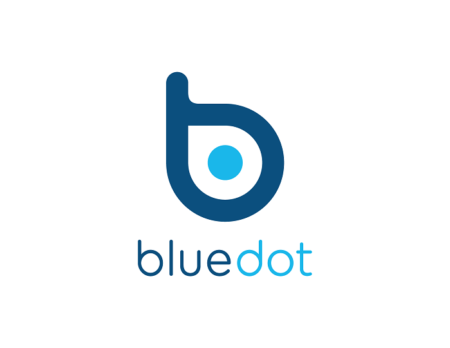 March 13, 2020 – It seems appropriate that this week of disruption should end on a Friday, the 13th. It was only yesterday that I realized the calendar had aligned itself this way because of the extra day in February. Not that I believe in numerology or omens, it’s just an interesting coincidence.
March 13, 2020 – It seems appropriate that this week of disruption should end on a Friday, the 13th. It was only yesterday that I realized the calendar had aligned itself this way because of the extra day in February. Not that I believe in numerology or omens, it’s just an interesting coincidence.
In my morning inbox I was reading about how artificial intelligence (AI) saw the coming COVID-19 pandemic. BlueDot, which describes itself as a company that helps governments, citizens, and businesses to protect themselves from public health threats, has developed a dashboard application that combines public health and medical expertise with AI algorithms to assess risk and provide notification of infectious disease outbreaks.
In the case of COVID-19 it picked up on a sudden surge in pneumonia cases in Wuhan, China in December, nine days before the World Health Organization (WHO) began to track the rising incident of illness there.
COVID-19 isn’t the only infectious disease that BlueDot has been tracking. It has been following Dengue fever in Thailand, measles in the United States, Lassa fever in Nigeria, and mumps in Ireland. In each case the machine learning algorithms make predictions on the likelihood of these diseases spreading beyond containment to other countries.
BlueDot’s origins are here in my home city of Toronto. The outbreak of another coronavirus, SARS, in 2003 led to 44 deaths here. Under the leadership of Dr. Kamran Khan at downtown St. Michael’s Hospital, a scientific research program was launched called BioDiaspora. It began by studying the effects of air travel on the spread of infectious diseases, notable in the case of SARS. In 2009 the program predicted accurately a global influenza pandemic, the first of the 21st century. And in 2014 with private investment backing the research, renamed the venture to become BlueDot, what it calls “a metaphor for our small world,” and a reference to Carl Sagan’s description of Earth seen from Saturn.
In 2014 BlueDot using its risk models predicted the spread of Ebola throughout West Africa. In 2016 after a Zika outbreak in Brazil, predicted six months ahead that it would emerge in Florida. And in December it flagged COVID-19.
How did BlueDot know?
The AI contains a natural language processor capable of reviewing foreign-language news reports, government official proclamations, and animal and human disease online network reporting. Khan notes that BlueDot avoids social media which he describes as too messy. BlueDot even looks at global airline ticketing data.
Why? Because when combined with an area where there is an outbreak of an infectious disease, it can indicate its jump potential to other countries.
The machine language component of the AI can sift through all of this range of unstructured data. Why unstructured? Because this is not in a defined-field database. Khan, in an interview with Wired, states that through the AI technology, “we can pick up news of possible outbreaks, little murmurs or forums or blogs of indications of some kind of unusual events going on.” In the case of COVID-19, BlueDot tracked the online trail of local news and official pronouncements in Wuhan and elsewhere within China. And through the airline ticketing data could predict the virus’ jumps to Bangkok, Seoul, Taipei, and Tokyo within a few days.
The reports BlueDot produces are not totally the work of the AI. On-staff epidemiologists review its conclusions and then write the reports that get shared with governments, businesses, and the public.
The circumstances around COVID-19’s initial appearance in Wuhan, and Hubei Province, involved just a trickle of local reporting. The treating physician who first noted the symptoms of COVID-19 was seen as a whistleblower by the local authorities in the Chinese Communist Party. An attempt to suppress the news could be discerned in an online trail of shared information. The attempt to control the story turned out to be fatal for that treating physician who became infected as well as the tens of thousands in Wuhan and surroundings.
The rest of the world is now paying for the Chinese Communist Party’s mistake. An AI like BlueDot in these circumstances, if seen as authoritative, could have been the difference between a local outbreak and the current global pandemic. Unfortunately, what BlueDot knew wasn’t picked up by the WHO immediately. That nine-day lag has turned out to come with a heavy price tag in terms of lives lost and the shaking of the world economy.









[…] are least prepared to deal with them and then adding air travel to the equation. Why air travel? Air travel from Wuhan Province proved to be the break in the dam that allowed COVID-19 to flood the world with the virus and its subsequent variants causing the […]
[…] this because in 2020 I wrote about BlueDot, an AI software company born out of work being done by Dr. Kamran Khan at St. Michael’s Hospital in Toronto. Khan and a team of software programmers developed an AI […]